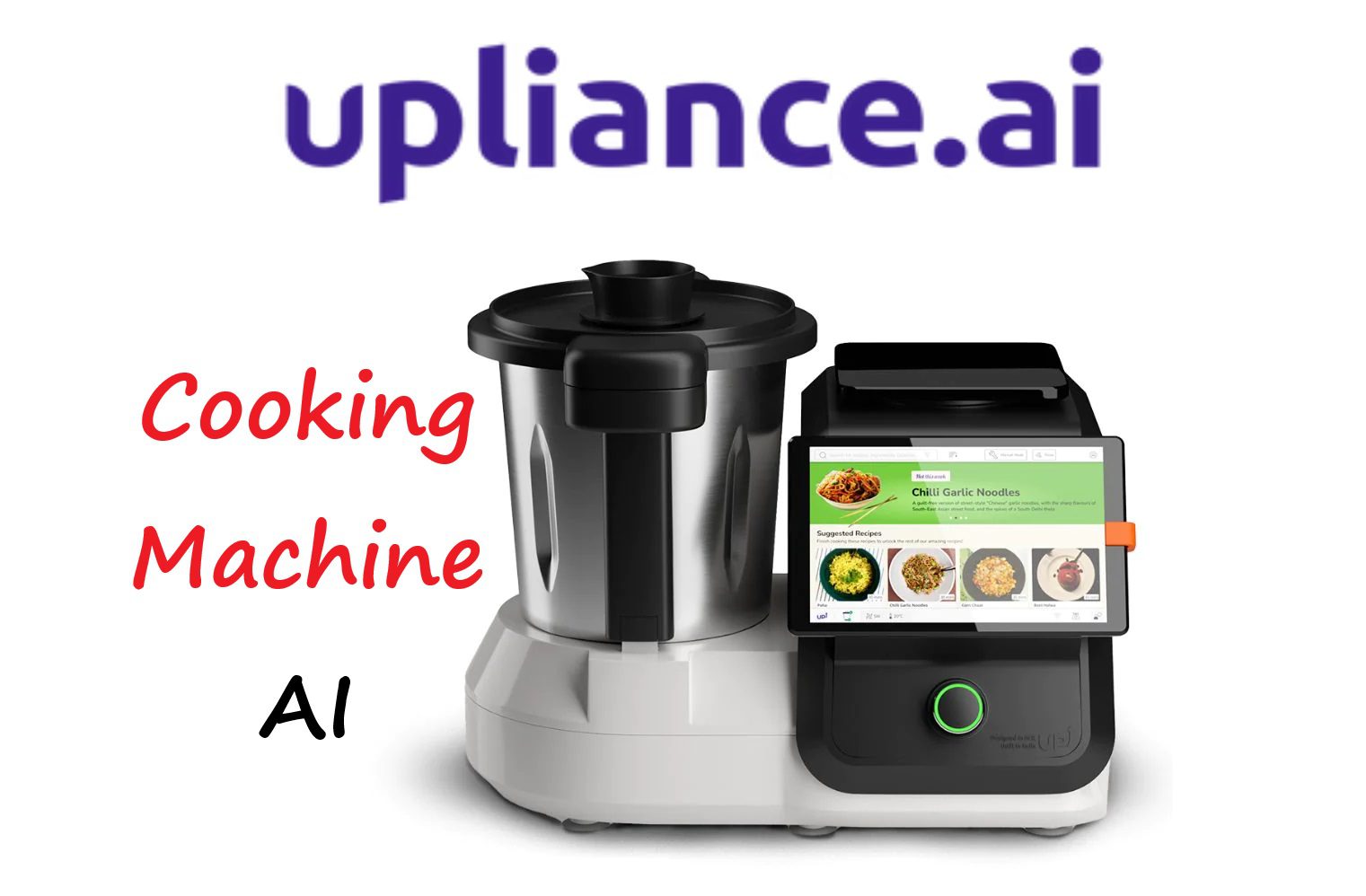🏺 Physical
When we think about the term “physical,” it typically conjures images of things that can be touched, seen, or felt—anything tangible. From the ground under our feet to the intricate gadgets in our pockets, these are all manifestations of what is physical. This term can also extend to activities that involve the body, like jogging in the park or constructing a building. It’s all about the concrete aspects of our existence, the stuff that literally makes up the fabric of our everyday lives. Pyshical
AI’s Entry into the Physical Domain
AI is making its mark in the physical domain with tools and applications that are profoundly altering how we interact with the tangible elements around us. Consider a tool like an AI-powered drone that can survey land for agriculture, ensuring optimal planting and irrigation without human intervention. This isn’t just a minor improvement; it’s a complete overhaul of traditional methods. Another groundbreaking use case is in healthcare, where AI-assisted robots are now performing surgeries with precision that rivals—and sometimes exceeds—human capabilities. These examples show how AI is not just a backstage player but a frontrunner in transforming our interaction with the physical aspects of our world.
Hardware AI tools and Gadgets
When discussing “physical” in the context of AI, it’s also crucial to consider the hardware components that enable AI to function and interact with the real world. This hardware can range from the processors and chips that power AI algorithms to the more specialized tools like robots, sensors, and IoT (Internet of Things) devices.
AI hardware plays a fundamental role in enabling machines to perceive their environment, make decisions, and carry out actions. For instance, sensors collect data from their surroundings, which AI systems analyze to understand and react to various situations. Robots, which are often equipped with AI, perform a variety of tasks that can range from assembling cars on a factory floor to navigating the challenging terrain on Mars.
Moreover, the development of AI-specific chips and processors, such as GPUs (graphics processing units) and TPUs (tensor processing units), has been pivotal. These technologies provide the necessary speed and efficiency for training AI models on large datasets, making it feasible to deploy AI solutions that interact seamlessly with the physical world. These advancements show how integral physical hardware is to the growth and implementation of AI across different domains, enabling smarter, more efficient, and autonomous systems that impact our daily lives and industries.
-

Venus AI
Venus AI offers innovative, non-invasive solutions for aesthetic enhancement, delivering safe and effective treatments for skin and body.
-

myDoodl
Empower your creative potential with myDoodl! Design custom T-shirts, posters, and more with our intuitive AI-powered tools.
-

Upliance AI
Revamp your cooking with the Upliance AI Cooking Machine, the smart kitchen assistant that simplifies meal prep with automated features and a variety of global recipes. Ideal for busy households, cooking novices, and culinary enthusiasts alike, this device ensures perfect meals with minimal effort. Discover how Upliance AI can transform your kitchen routine and make cooking a delightful, stress-free experience.
